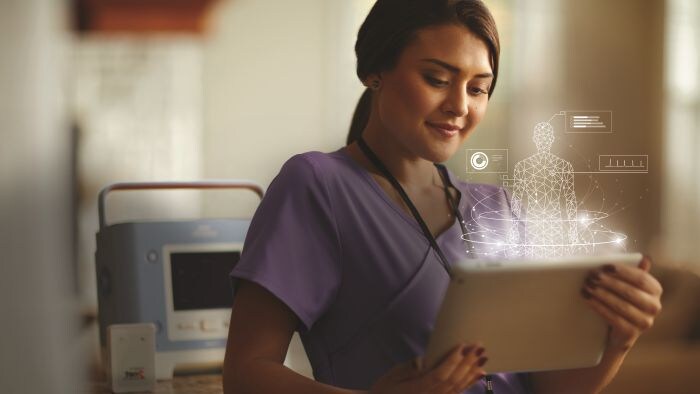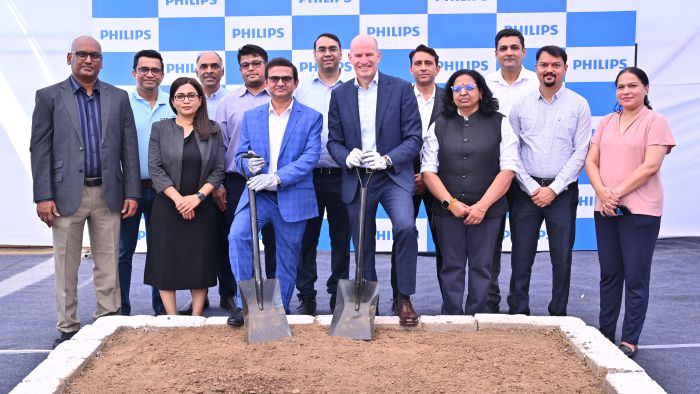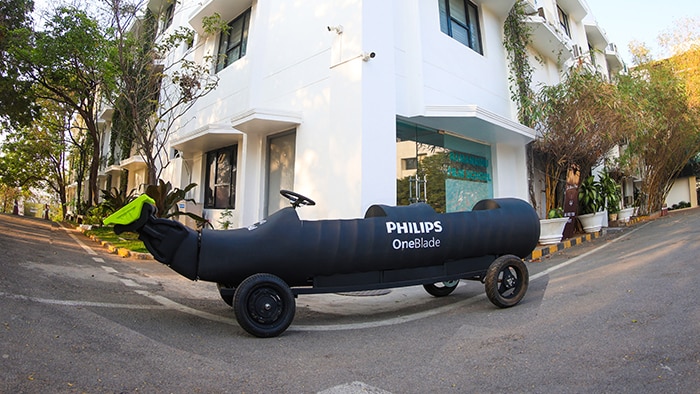Sep 01, 2021
Connected Care as a means to make healthcare accessible in India
The COVID-19 pandemic continues to have an unprecedented impact on Indian healthcare institutions, frontline workers, and the general population at large. On one hand, while the pandemic had a catastrophic impact on healthcare infrastructure, it also presented an opportunity to disrupt the way healthcare is being organized, distributed, and delivered. The increased healthcare burden on institutions created a necessity for them to adopt digital technologies and methods of virtual care− developments which are likely to shape the future of healthcare delivery in India. According to our flagship Future Health Index India Report 2021[1], 75% of the Indian healthcare leaders who were surveyed highlighted that facilitating a shift to remote or virtual care is a top priority for them today. While hospitals in metropolitan cities in India are equipped with latest advanced digital systems and workflows, allowing them to deliver better outcomes and experience for the patients, there is scope for growth/improvement on that front in tier 2, 3 cities. There, such facilities might not be available, and the nearest big-city hospital may be many hours of travel away. These constraints severely impact a patient’s chances of receiving timely treatment and ultimately, affect the quality of clinical outcomes. The launch of Ayushman Bharat in 2018 has given the promise of accessible healthcare to patients in tier 2, 3 cities. Remote connectivity is going to play a vital role in ensuring the same, as private healthcare institutions look to optimize their resource allocation. The program also aims to achieve Universal Health Coverage, which can be possible if we implement digital technologies in the country’s already sizeable healthcare assets, especially to the remote cities, towns, and villages. Due to the COVID-19 pandemic and subsequent lockdowns, we observed that patients in tier-2, 3 were keen to get treatment in centres close to their residence rather than travel to bigger cities. These patients were probably able to access quality diagnosis in their cities of residence because leading healthcare institutions provided them with the facility of connecting with top healthcare practitioners remotely. Internet driven diagnosis, in the form of e-consultations, telemedicine, and other such forms of internet-based intervention became popular. One of these is Tele-ICUs, which is based on a hub and spoke model of setting up ICUs. ICUs can be set up in remote areas (spokes) to be remotely monitored in real time by experts in a well-equipped sophisticated centre in a tier 1 city (hub). This centralized care team supplements local bedside staff and interacts with them to consult on patient care. This greatly expands the scope of healthcare delivery. Philips has been pioneering this form of connected healthcare delivery which has shown to transform lives of people in remote areas by providing access to state-of-the art healthcare. Today, it is possible to have an entire chain of Tele-ICUs in a tier-2 city having its patients being monitored by top-notch intensivists from a metro. Intensivists based in a tele-ICU hub are supported by high-definition cameras, telemetry, predictive analytics, data visualization and advanced reporting capabilities in order to support their frontline colleagues in the spoke tele-ICUs. The use of predictive analytics also helps to provide Early Warning Scores for patients, thereby, reducing the possibility of human error and improving accuracy of the information for correct patient diagnosis and treatment. They help healthcare teams to proactively intervene at an earlier stage or to decide which patients have stabilized and can be transferred, allowing scarce ICU beds to be allocated to patients with more acute illnesses.
The COVID-19 pandemic has provided tail winds to the adoption of digital technologies in healthcare. A solution driven approach – with products and services bundled together – delivered through digital mediums can drastically improve the healthcare landscape for the better by no longer having geographical proximity dictate the delivery of care. The first steps have been taken. What is needed now is the will and determination to embrace this change and positively impact the delivery of care to Indians in the coming days. [1] Philips Future Health Index India 2021 Report Please click here to access the article on CNBC-TV18
About Royal Philips
Royal Philips (NYSE: PHG, AEX: PHIA) is a leading health technology company focused on improving people's health and well-being and enabling better outcomes across the health continuum – from healthy living and prevention, to diagnosis, treatment and home care. Philips leverages advanced technology and deep clinical and consumer insights to deliver integrated solutions. Headquartered in the Netherlands, the company is a leader in diagnostic imaging, image-guided therapy, patient monitoring and health informatics, as well as in consumer health and home care. Philips generated 2020 sales of EUR 17.3 billion and employs approximately 77,000 employees with sales and services in more than 100 countries. News about Philips can be found at www.philips.com/newscenter.
Topics
Contacts

Geetika Bangia Sr. Manager Corporate Communications Tel: +91 98181 02133
Author

Rohit Sathe Vice President, Health Systems, Philips Indian Subcontinent Philips









